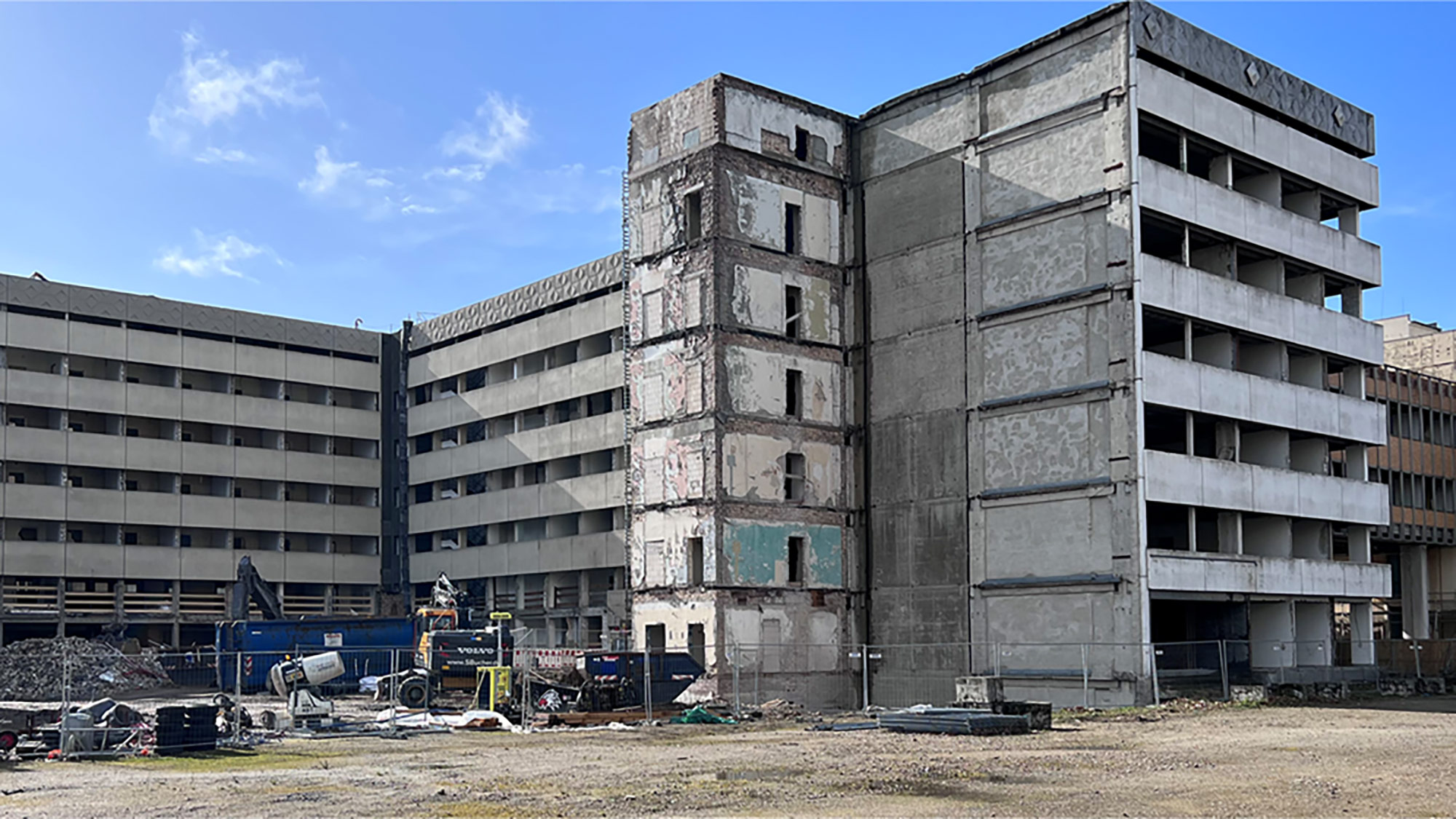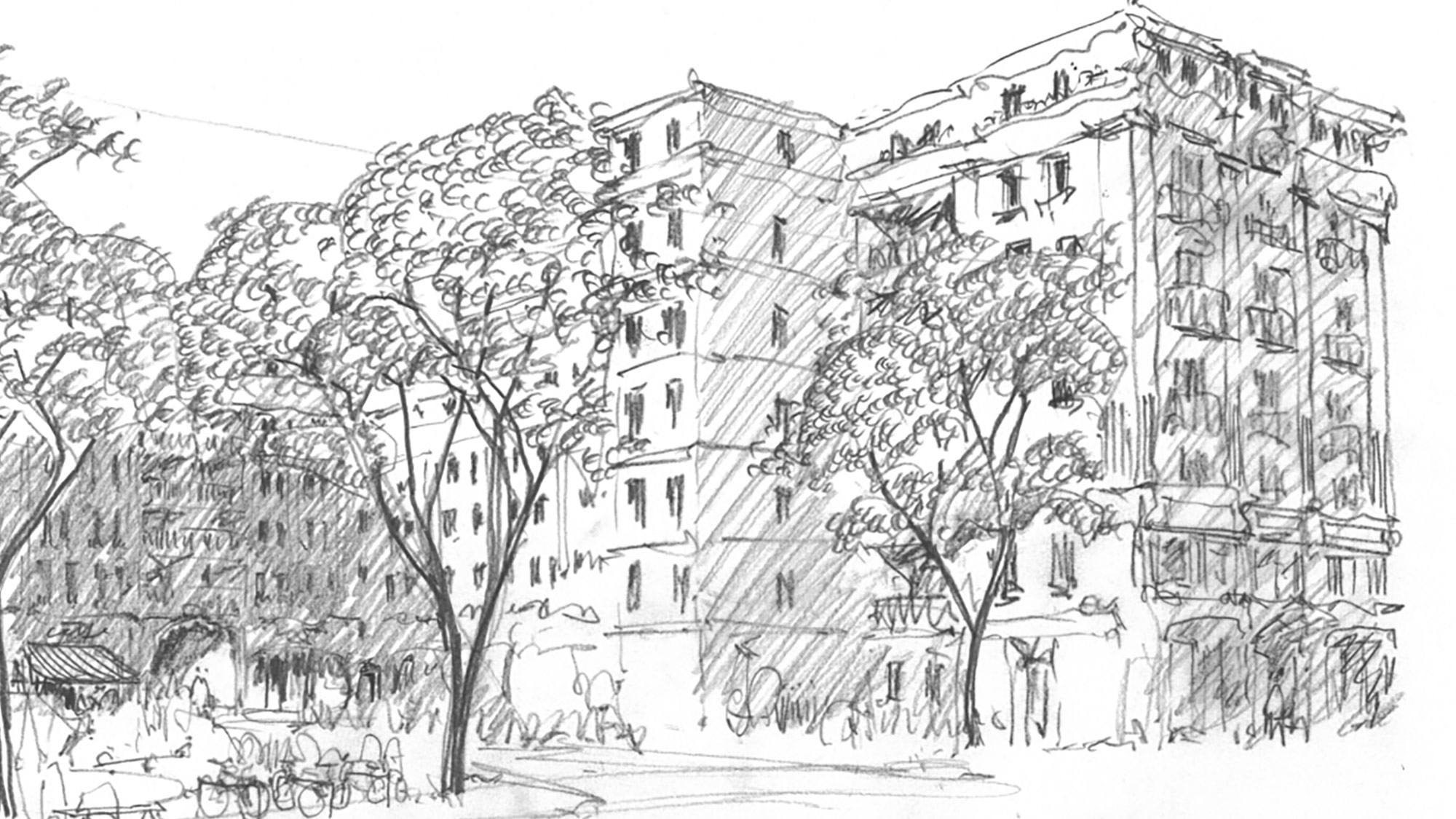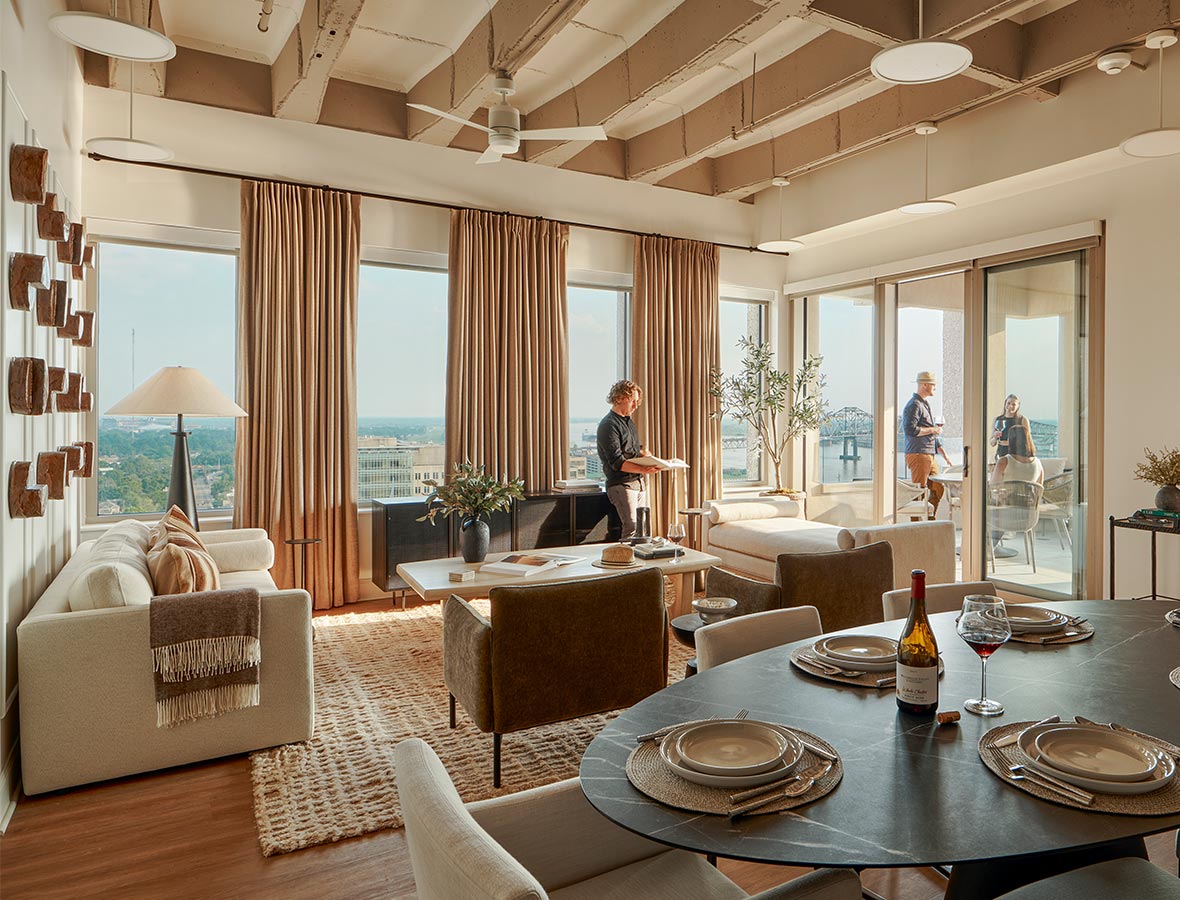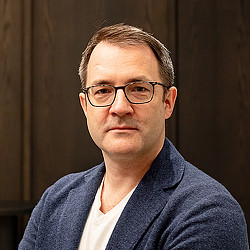Office-to-Residential Conversion: A New Value Proposition for the German Market
July 02, 2024 | By Lukasz Platkowski
The German population is rapidly growing, with the largest increase since the unification seen in 2022, when we recorded 84.3 million residents across the country. Net migration rose by 1.5 million and has since recorded 1.1 million in growth yearly, as reported by the Federal Statistic Office. This influx of people and significant increase in population size creates a challenge but also an opportunity to innovate suitable accommodations and housing solutions for our people. How can we begin to address this demand?
Germany’s housing market is challenged by a decline in the construction of new housing developments due to economic obstacles such as high borrowing costs, rising prices, a lack of available building material, and an ongoing labour shortage. As a result, it is predicted that in the next three years across our seven major cities, there will be a significant shortfall of approximately 17,000 housing units annually (Source: JLL Research 2023, Destatis). Based on this data, Germany is currently unable to provide sufficient housing for its growing population.


A new value proposition for the building industry
We recognise the need for innovative approaches to address the housing crisis, which is taking place not only in Germany but across the world. The most promising solution we see is the conversion of outdated, empty office buildings into new residential developments. At Gensler, we worked with developers and city planners to create a building analysis tool that can review existing office buildings to determine the compatibility for multifamily conversions. The tool’s criteria include site context, building form, floor plate, building envelope, and servicing. This new tool has reduced the time to determine if a project is financially viable from weeks to minutes, unlocking the interest of developers who might have previously been unwilling to invest in the unknown. In the U.S., we have also been active in advancing policy discussions around conversions, having participated in President Biden’s office-to-residential Advisory Committee, and recently receiving a governmental grant to continue the research.
Our work in the U.S. and across Europe is a feasible example that could successfully be adapted for and implemented in the German market. Office-to-residential conversions represent a value proposition for the building industry that has not yet been explored to its full potential. Transforming underperforming, stranded assets, such as Class B and C office buildings, into housing can help meet a vital need for new residential options in our cities. These buildings, which currently sit vacant, could be renovated and repurposed into modern, amenity-rich properties that would help to counteract the predicted shortfall of housing options in the years to come.
Of our “Big 7” German cities, Frankfurt is so far the only city in which conversions are taking place, with 16% of the 2024–2025 pipeline for residential dwellings set to be office-to-residential conversions (Source: JLL Research 2023, Destatis). However, there is tremendous opportunity to extend this strategy to the rest of our major cities, including Berlin, Munich, and Frankfurt, where many stranded assets exist.

Conversions could save billions of kilograms of carbon
At Gensler, we have assessed more than 1,300 potential building conversions in over 130 cities across the world. Our data reveals that 32% of them are possible conversions, and if we were to convert them all, we would be able to save 3.3 billion kilograms of carbon — a significant impact on the health of our planet. Approximately 40% of embodied carbon sits in the structure and façade of buildings, and we are working to address this, one building at a time.
The study also revealed that some features of an outdated office spaces make for an excellent multifamily development. For example, what might be considered a low ceiling for an office would make for a great luxurious residential apartment. When translated to the German market, we estimate that there is potential for the number of feasible conversions to be greater than 25%. There is an unprecedented opportunity to create new residential offerings efficiently and sustainably, with potential savings on construction costs.
Office-to-residential as a valuable investment
Office-to-residential conversions are not the only solution to meet the housing demand in Germany; however, they are one of the most viable options we have seen to date. This adaptive reuse strategy, combined with the potential positive environmental impact it could have on our cities, shows how invaluable this could be to not only solving our housing needs but also achieving decarbonisation goals.
As our local governments recognise the opportunity to create more housing options while also addressing stranded office building assets, we, along with our developer clients, hope to see the amendment of local building codes and change-of-use regulations to support this initiative. Public-private partnerships and government incentives will also be instrumental in effectively rolling out the office-to-residential model across our German cities to provide increased living options for the population.
For media inquiries, email .


